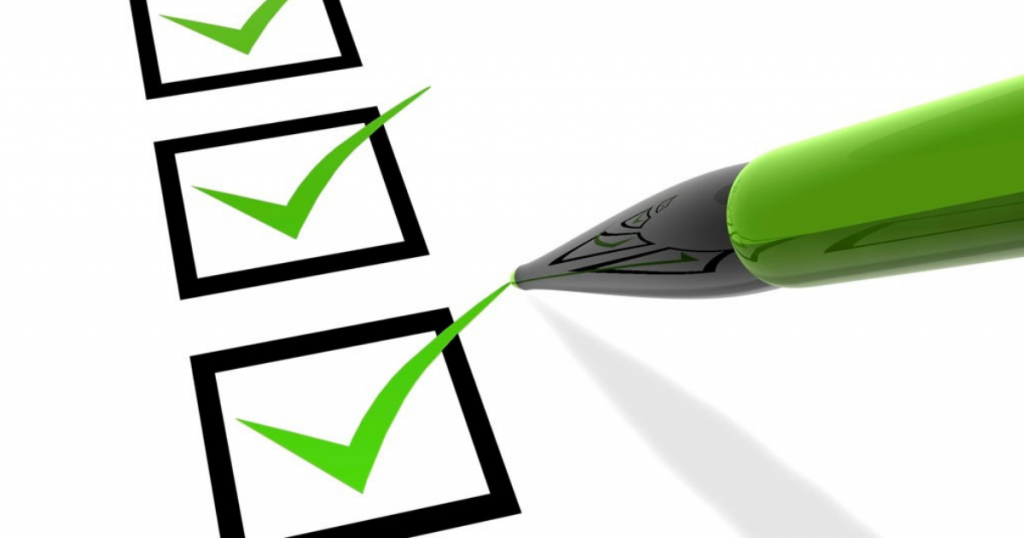COP26 in Glasgow has brought the planet’s environmental crisis to the top of our news feeds yet again. But as global leaders and big business thrash out their obligations on the world stage, what about small to medium enterprises (SMEs)?
New Zealand is a nation of around 530,000 small businesses, representing 97% of all companies. They account for 28% of employment and contribute over a quarter of New Zealand’s gross domestic product (GDP). (Data source: Stats NZ)
And since commercial sectors consume around a quarter of New Zealand’s electricity demand, more organisations are waking up to their role in reducing energy usage and emissions.
But do they really understand ‘net zero’ and how to achieve it?
As Smart Ease channel partners, you can help
As installers and suppliers of energy-efficiency equipment, your role in educating the market – without the greenwash – on the best steps to take to help meet environmental targets is becoming more important.
The volume of green ‘noise’ in the SME sector is increasing. Many of your customers will lack the structure and/or resources required to fully explore their energy options. So while most organisations will have good intentions, they may be unclear on exactly what the most effective course of action is for them.
Carbon offsets should be a last resort
Many SMEs have jumped to solutions like carbon offsets. However, while these are easy to access, they are best for addressing emissions that can’t be reduced or avoided.
As far as having real and meaningful impact across their buildings and sites (whether owned or leased), organisations should consider a three-step process such as:
Step 1: Energy-efficiency measures like installing efficient lighting adopting smarter and more efficient equipment, and improving business processes.
Step 2: Using as much renewable energy as possible at their operating sites to avoid using electricity from the grid (which is predominantly powered by fossil fuels).
Step 3: Using carbon credits generated from existing renewable infrastructure to offset the remaining emissions.
Prioritising new vs old
As the world needs to de-carbonise, rapidly deploying renewable-energy infrastructure should be prioritised, rather than buying offsets from existing infrastructure.
These new installations can can be deployed without organisations having to fund a cent. With a Smart Ease Payment Plan or PPA, these installations can be rolled out with $0 up front.
Talk to a Smart Ease Account Manager about how we can assist your customers on their Net Zero journey by providing payment options for solar and energy-efficiency infrastructure projects.
Contact our team on 0800 795 795 or enquiries@smartease.co.nz

